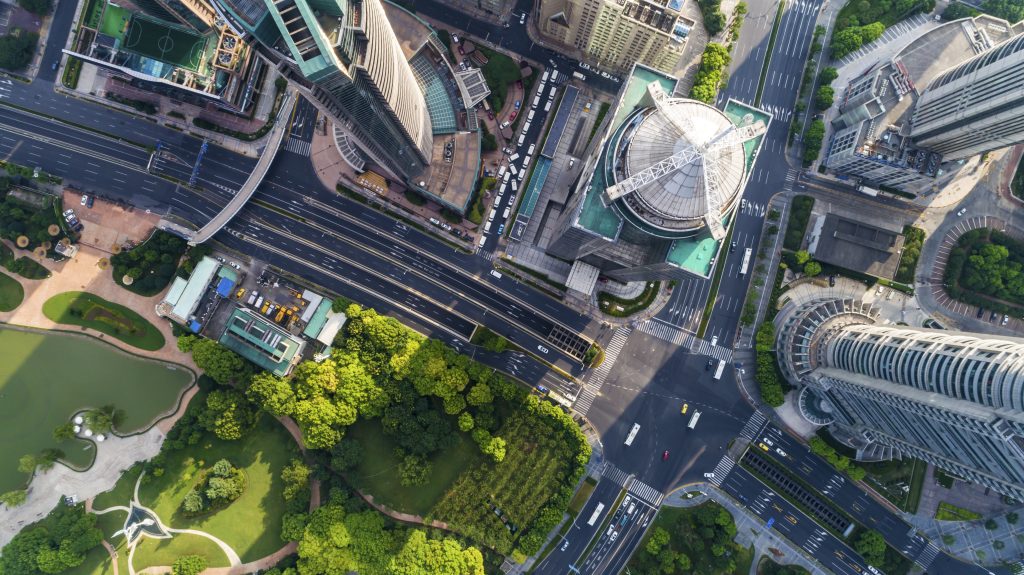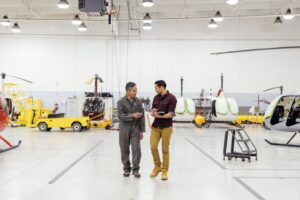
Fixing the problems of today and planning for technology of the future

Does your organization face the intense pressure to both modernize existing processes to better meet citizen needs while also preparing technology and infrastructure for the future?
If so, you’re not alone. The Gartner Group analyzed current trends and estimates 85 percent of organizations will find themselves using advanced technologies such as artificial intelligence (AI) by 2020, while as of 2018, only 25 percent have prepared technology planning initiatives that incorporate future technologies. The remaining 75 percent of all organizations—businesses, nonprofits, and government organizations alike—are struggling to make plans for the future and making do with outdated systems and processes.
To help create plans and technology initiatives for the future, government enterprises require vision into the future in order to align their digital strategy. To that end, Gartner industry analysts looked at current trends and formed a hypothesis on how a future government might work. In the resulting report, “Digital Government 2030: Predictive Government Anticipates Citizen Needs With Autonomous Services,” Gartner predicts a future where technologies that today we consider “emerging” are refined and heavily leveraged to government infrastructure, operations, and services.
[msce_cta layout=”image_center” align=”center” linktype=”blue” imageurl=”https://www.microsoft.com/en-us/industry/blog/wp-content/uploads/2018/12/Industry-Blog-AB-Test-Images_Govt_R3-B.png” linkurl=”https://discover.microsoft.com/digital-government-2030/?wt.mc_id=AID723399_QSG_SCL_327859 ” linktext=”Read more about the digital government of 2030″ imageid=”30856″ ][/msce_cta]
A vision for the future: better services for citizens, powered by data
Key to Gartner’s vision is a present and a future where governments deliver services that build trust with their citizens, and in turn, citizens become willing to share data that enables governments to provide more personalized services. Further, Gartner hypothesizes that governments will be able to monitor and facilitate data exchanges and predictive analytics. The Gartner report dives deep into the potential power and uses for AI, IoT and machine learning and how data can move a government organization from reactive to proactive to power proactive government services that impact lives in a variety of ways. Gartner’s report makes it clear that technology of today also prepares organizations for a better tomorrow.
Bringing the future alive
Gartner’s “Digital Government 2030” predicts and vividly describes scenarios where technology positively improves citizen lives. Gartner’s report, for example, invites readers to imagine a not-too-distant future where first responders are dispatched automatically to a bike collision triggered by reports from bike sensors. Another Gartner prediction is that citizens will be able to consign tax forms to the past and have their taxes automatically filed while a third asks us to imagine the positive impact of an elderly woman’s to live at home being realized with support from technology-based health services. By painting pictures of individuals positive impacted by technology, Gartner’s vision comes alive, moving these ideas for technology and the future from conceptual to inspiring to possible.
How government leaders can get started
Gartner’s vision for the future can help government leaders wrap their heads around what technology can do for their organizations and citizens. To begin creating technologies for today and paving the path for the future, the best place to start is with Microsoft’s infographic “Gartner predicts: The digital government of 2030” which breaks down what government leaders can do as they strive to fix the problems of today while also planning the technology of tomorrow.
Start fixing the problems of today and planning for technology of the future by checking out “Gartner predicts: The digital government of 2030.”




